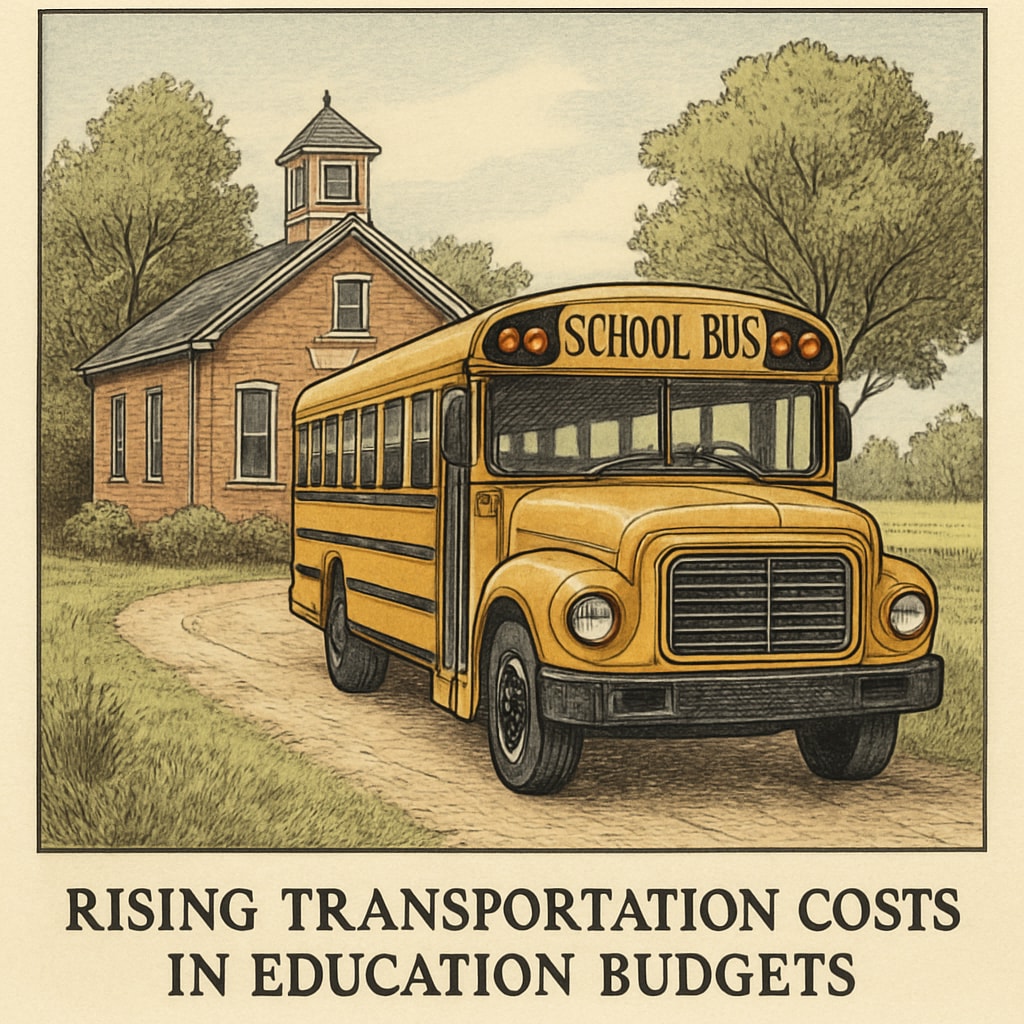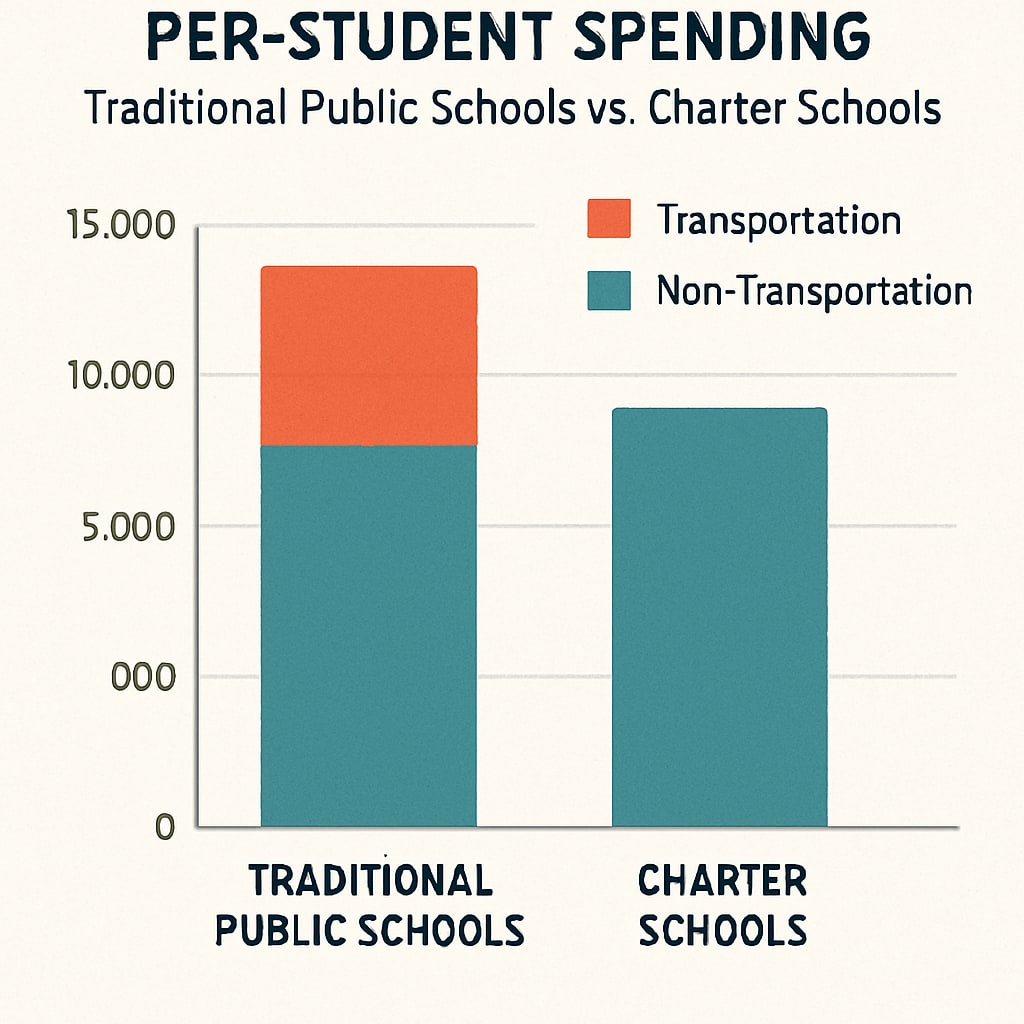When analyzing education spending, the term “pass-through funding” often emerges as a key factor that skews statistics like per-student spending. This phenomenon, though not always apparent, can create significant distortions in how school budgets are perceived and utilized. For example, the inclusion of rising transportation costs, such as those associated with school buses, often inflates spending without directly benefiting classroom instruction. These distortions, when left unaddressed, can mislead policymakers and stakeholders about the true state of resource allocation in education.
The Role of Pass-Through Funding in Inflating Costs
Pass-through funding refers to money allocated to school districts but intended for specific purposes outside direct classroom use. A primary example is transportation funding, particularly the expanding costs of school bus services. In recent years, logistical challenges like rising fuel prices, labor shortages, and increased maintenance expenses have driven up transportation budgets. While these expenditures are essential for ensuring students have access to education, they do not directly enhance learning outcomes.
For instance, in many districts, transportation accounts for a disproportionately large share of the budget. This is especially true in rural areas where students often travel long distances to school. Including these costs in per-student spending statistics inflates the numbers, creating a misleading picture of how much is being invested in actual education delivery.

Comparing Charter Schools and Traditional Public Schools
The issue of pass-through funding becomes even more pronounced when comparing traditional public schools with charter schools. In many cases, public school districts are required to pass a portion of their funding to charter schools operating within their boundaries. However, the way this funding is reported can vary significantly, leading to discrepancies in per-student spending data.
For example, charter schools often do not shoulder the same transportation costs as traditional public schools, as parents are frequently responsible for arranging student transportation. As a result, the per-student spending figures for charter schools may appear lower, even if they are receiving adequate funding for instructional purposes. This creates an uneven playing field and complicates efforts to compare the efficiency and effectiveness of these two education models.

The Need for Greater Financial Transparency
To address the distortions caused by pass-through funding, greater transparency in financial reporting is essential. Policymakers and educators need clearer breakdowns of how funds are allocated and spent. For example, separating transportation costs, administrative expenses, and direct instructional spending in budget reports would provide a more accurate picture of resource distribution.
Moreover, standardizing how charter school funding is reported could help eliminate discrepancies and enable fair comparisons. Transparency is not just a bureaucratic goal—it is a critical tool for ensuring that education resources are equitably distributed and used to maximize student outcomes.
Conclusion: Rethinking School Budget Metrics
The inclusion of pass-through funding in per-student spending statistics highlights a critical flaw in how education budgets are analyzed. By inflating spending figures with costs that do not directly benefit classroom instruction, such as transportation, these metrics fail to provide an accurate representation of resource allocation. Addressing this issue requires a commitment to greater transparency and standardized reporting practices.
By rethinking how we measure and report education spending, stakeholders can make more informed decisions that prioritize student success over misleading financial metrics. Ultimately, a clear understanding of how funds are used is essential for building an equitable and effective education system.
Readability guidance: This article uses short paragraphs and clear headings to enhance readability. It avoids excessive passive voice and complex sentence structures, ensuring accessibility for a broad audience. Key points are summarized in lists and supported with examples for clarity.


